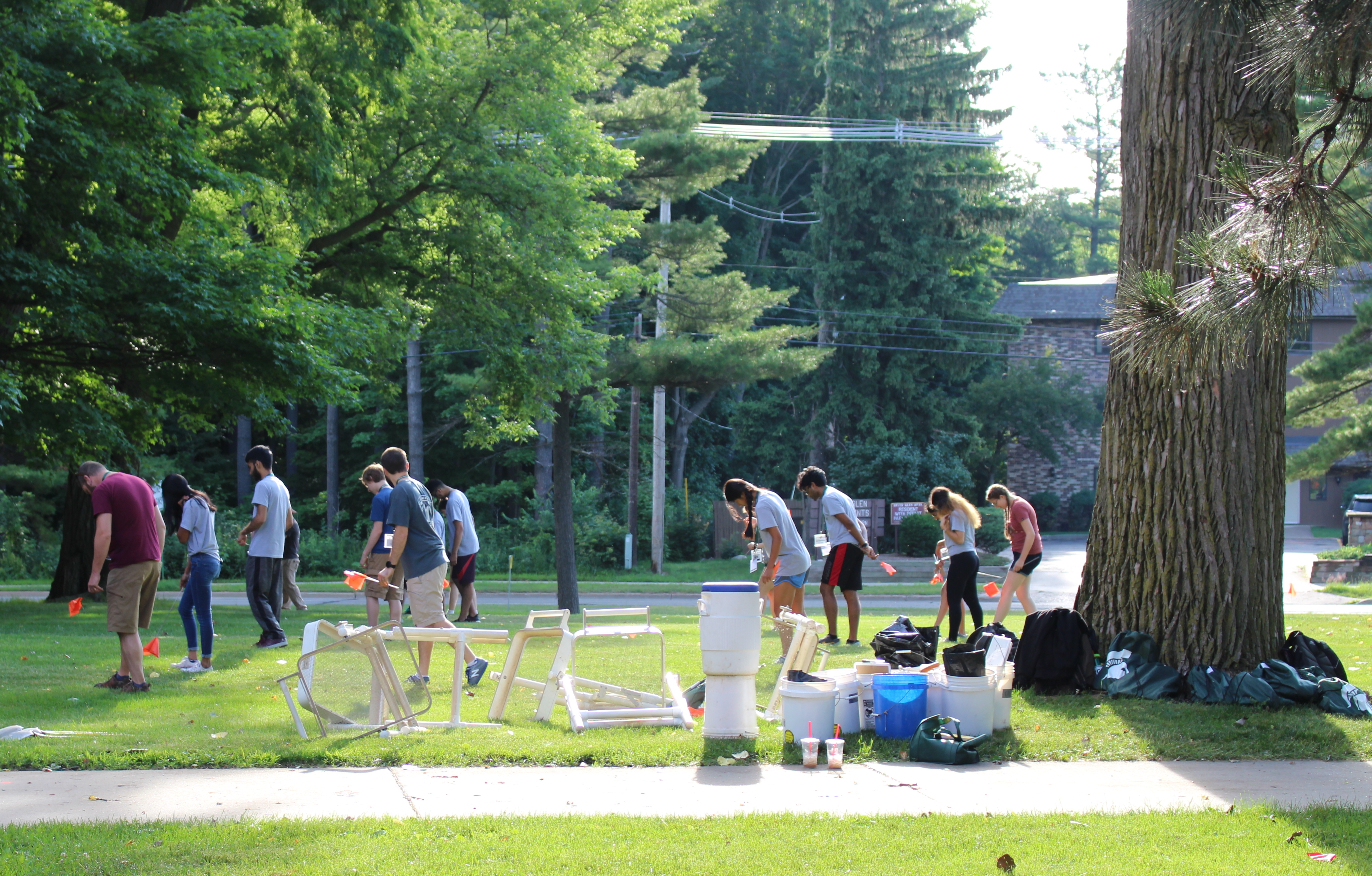How do archaeologists find archaeological sites? How do archaeologists know where to dig? These are two of the most common questions people ask archaeologists at public events. While it can sometimes seem like an impossible task, there are many techniques that archaeologists use to find new archaeological sites.
On many occasions, archaeological sites are discovered by accident. Construction of roads and buildings can often uncover archaeological remains, especially when large areas of the ground are being dug up. Farmers and landowners, in the process of plowing their fields or doing work around their yard, can also dig up artifacts. In both cases, it is important that any artifacts be left in place, and that an archaeologist is told about the discoveries, if possible.

Besides lucky discoveries, there are also scientific methods that archaeologists use to actively find archaeological sites. One of the most common methods used is called pedestrian survey. During pedestrian survey, a group of archaeologists form a long line and walk slowly in the same direction, looking carefully for artifacts laying on the ground. If groups of artifacts are found during a pedestrian survey, then an archaeological site might be buried in that area. In areas where artifacts are less likely to be visible on the surface, archaeologists do a shovel test survey. During shovel test surveys, archaeologists dig a series of small round holes spaced at regular distances to find any buried archaeological deposits. Aside from survey, historic documents, like old maps, can also show the locations of homes, farmsteads, or even whole towns that no longer exist today.
Where do you think archaeological sites are found? Many people think that archaeological sites are only found in far off locations, such as Egypt or Mexico, when in reality, archaeological sites are everywhere! Sites are found wherever humans have lived, and range from standing buildings to the remains of entire villages buried under a cornfield (see the images below for a few examples of different archaeological sites). Millions of archaeological sites exist across the world, sometimes hidden not far away from where you are sitting right now.

While many archaeological sites have been found, there are still a lot that remain undiscovered or unexplored. New sites are being found regularly, helping to fill in gaps in our understanding of the past. Unfortunately, archaeological sites are also being destroyed by construction projects and other activities. Once they are gone, archaeological sites and the information they contain cannot be replaced, so it is important to protect archaeological sites when possible.
Explore the map below to see some examples of archaeological sites and where they can be found throughout the United States of America. Click on the icons to reveal the name of each site. Many archaeological sites are also open to the public, so be sure to visit your local archaeological hotspots!